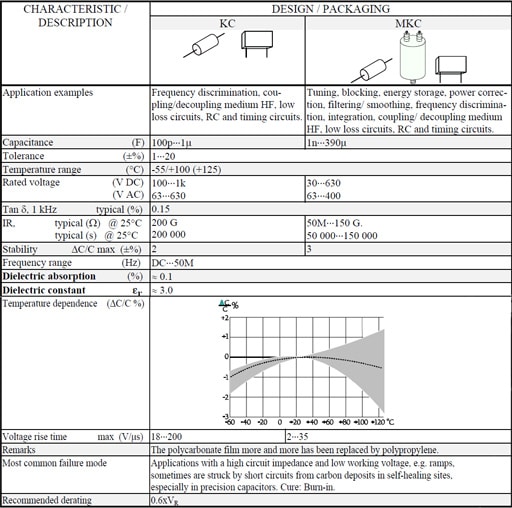POLYCARBONATE (PC) CAPACITORS / KC and MKC
C 2.5 POLYCARBONATE (PC) CAPACITORS / KC and MKC
For a long time the polycarbonate capacitor has been predominant among metallized precision capacitors. Nowadays, however, the MKP capacitor has taken over more and more applications from the MKC. Where one has been able to disregard the TC differences the foil design of the KC often has replaced polystyrene (PS) but also here KP capacitors are replacing those of polystyrene. The manufacture of PC film therefore is declining and, will eventually cease. We shall have a closer look on reasons and characteristics.
C 2.5.1 Introduction
The polycarbonate film is unlike other plastic films prepared from an emulsion that is dried. Its least thickness is stated to 1.5 μm (0.06 mils) and its εr to 3.0 at 1 kHz and room temperature. This film has small dielectric losses, a high IR, a small temperature dependence and a maximum temperature that by many manufacturers was specified to +125 °C. Thus it was rapidly popular, not least in precision capacitors.
Because there is a certain risk of increasing IR failures above +100 °C we recommend this ambient as a maximum or, not more than that of the manufacturer’s data sheet if they specify a lower temperature.
Genuine SMD designs are missing but there are examples of broad spread-out metal strap terminals reminding of the Gull wing design. But check if it is a single source situation.
C 2.5.2 Temperature and frequency dependencies
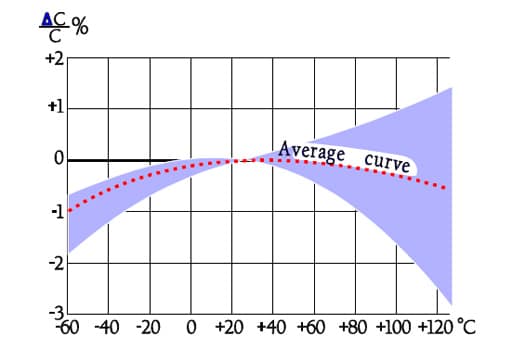
Figure C2-51. Typical curve range for capacitance versus temperature in KC and MKC designs.
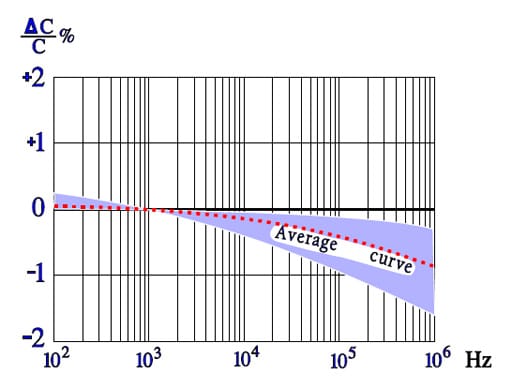
Figure C2-52. Typical curve range for capacitance versus frequency in KC and MKC designs.
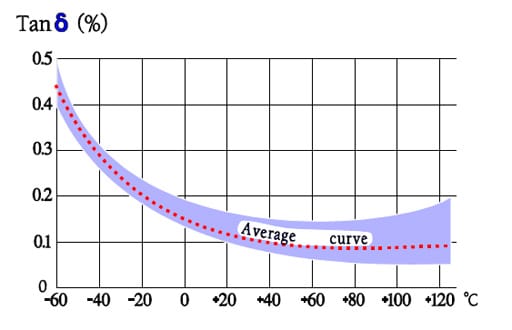
Figure C2-53. Typical curve range for Tanδ versus temperature in KC and MKC designs.
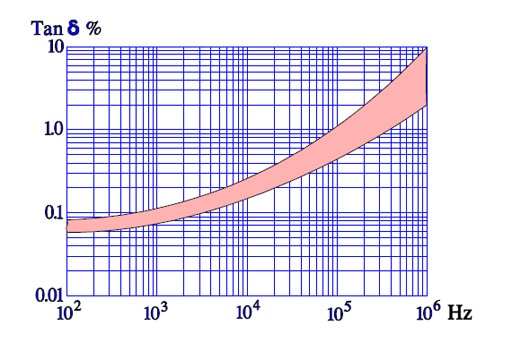
Figure C2-54. Typical dependence of Tanδ versus frequency in KC and MKC capacitors.
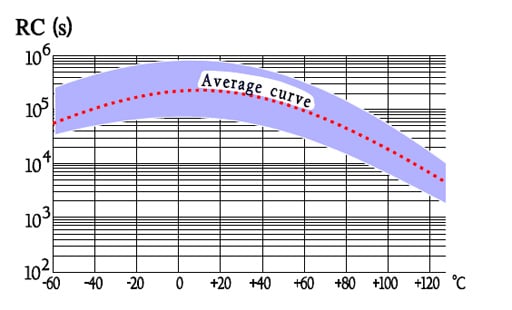
Figure C2-55. Typical function of RC versus temperature in KC and MKC capacitors.
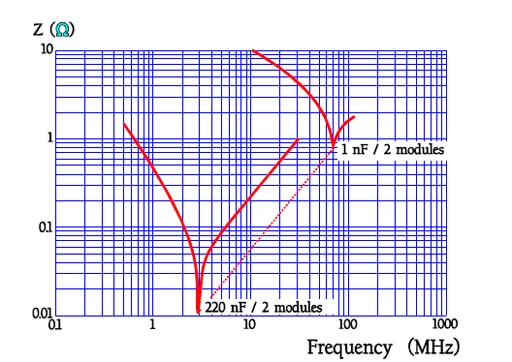
Figure C2-56. Examples of resonance frequencies in MKC capacitors.
C 2.5.3 Failure modes
In 1977-78 some mysterious short circuiting failures were reported from precision capacitors in high impedance low voltage applications. In 1982 a Voyager satellite was met with a failure in a 8 μF/ 75V polycarbonate capacitor. Half-way to Jupiter the IR suddenly dropped from hundreds of MΩ to 2.8 kΩ. All over the world component experts worked with this kind of problem and by and by the picture became clearer. The reasons are described in chapter C2.1.6, The resulting effects of a self-healing.
The issue is a critically high carbon deposit in former self-healing sites, which is connected with the high carbon contents in the polycarbonate film. But the failure only appears in that very narrow application sector where just precision capacitors usually are used, namely at low voltages and in high impedance circuits, e.g. integration and ramp voltages. Even that very low energy needed to burn away the formed carbon string may be missing. The cure is some kind of Burn-in treatment. From a failure rate in the magnitude of, say one per cent, we should get down to or below one per thousand. The most sophisticated (and expensive) Burn-in program we find in US MIL-C-87217. In conclusion it is built on a collection of all those environments which are regarded to release this kind of short circuits: cyclic voltage ramps with polarity changes + gradual temperature fluctuations.
Table C2-6. POLYCARBONATE (PC) / KC / MKC
